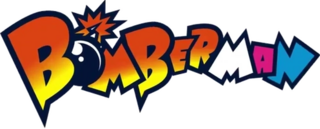
Bomberman is a video game franchise created by Shinichi Nakamoto and Shigeki Fujiwara, originally developed by Hudson Soft and currently owned by Konami. The original game, also known as Bakudan Otoko (爆弾男), was released in Japan in July 1983 and has since spawned multiple sequels and spin-offs released on numerous platforms, as well as several anime and manga adaptations.
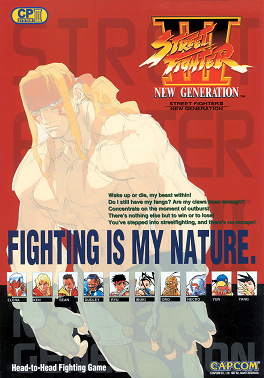
Street Fighter III: New Generation is a fighting game in Capcom's Street Fighter series, originally released as a coin-operated arcade game in 1997. The game's name as it appears on the cabinet is Three: A New Generation of Street Fighters. Street Fighter III was produced for the CD-ROM-based CP System III hardware, which allowed for more elaborate 2D graphics than the CPS II-based Street Fighter Alpha games, while revamping many of the play mechanics. The game, which was designed as a direct sequel to Street Fighter II, initially discarded every previous character except for Ryu and Ken, introducing an all-new roster led by Alex. Likewise, a new antagonist named Gill took over M. Bison's role from the previous games as the new boss character.

Marvel vs. Capcom is a series of crossover fighting games developed and published by Capcom, featuring characters from their own video game franchises and comic book series published by Marvel Comics. The series originated as coin-operated arcade games, though later releases would be specifically developed for home consoles, handhelds, and personal computers.
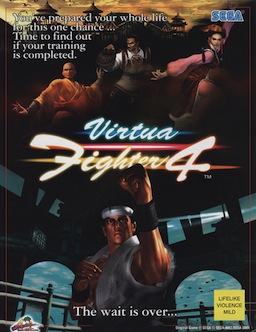
Virtua Fighter 4 is a fighting game by Sega. It is the fourth game in the Virtua Fighter series.
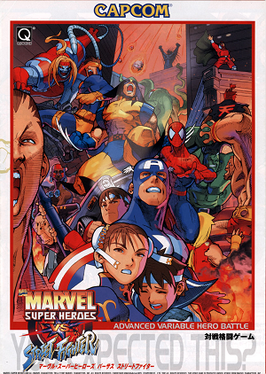
Marvel Super Heroes vs. Street Fighter is a crossover fighting video game developed and published by Capcom. It is the sequel to X-Men vs. Street Fighter and the second installment in the Marvel vs. Capcom series. The game was first released as an arcade game in 1997. It then received ports to the Sega Saturn in 1998 and the PlayStation in 1999.

Street Fighter Alpha 3, released as Street Fighter Zero 3 in Japan, Asia, South America, and Oceania, is a 2D fighting game originally released by Capcom for the arcade in 1998. It is the third and final installment in the Street Fighter Alpha sub-series, which serves as a sequel to Street Fighter Alpha 2, and ran on the same CP System II hardware as previous Alpha games. The game was produced after the Street Fighter III sub-series has started, being released after 2nd Impact, but before 3rd Strike. Alpha 3 further expanded the playable fighter roster from Street Fighter Alpha 2 and added new features such as selectable fighting styles called "isms".

Sonic Battle is a 2003 fighting video game developed by Sonic Team for the Game Boy Advance. It is the second fighting game in the Sonic the Hedgehog series, the first game being Sonic the Fighters. It was released in Japan in December 2003 and in North America and Europe in early 2004. The game received a lukewarm response from critics.
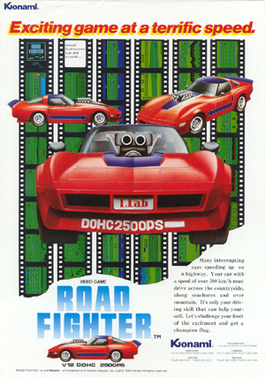
Road Fighter is a racing arcade video game developed by Konami and released in 1984, and was the first racing game from the company. The goal is to reach the finish line within the stages without running out of time, hitting other cars or running out of fuel. The game spawned a spiritual successor, Konami GT (1986), and two sequels, Midnight Run: Road Fighter 2 (1995) and Winding Heat (1996). A Japan-only sequel was also released 14 years later, Road Fighters (2010).
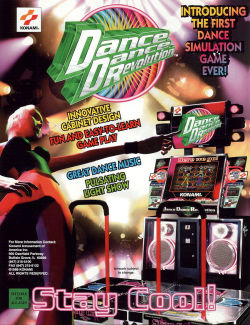
Dance Dance Revolution (DDR) is a music video game, developed by Konami, released in arcades on September 26, 1998, in Japan. Dance Dance Revolution is a unique game involving dance and rhythm that defined the genre. It involves timing and balance by having players use their feet instead of their hands like typical video games. In March 1999, the game was released for North American arcades, and for European arcades under the name Dancing Stage. Players and game critics were caught off-guard by the game's addictive qualities winning the new franchise many merits to its design.

Super Puzzle Fighter II Turbo, released in Japan as Super Puzzle Fighter II X, is a tile-matching puzzle video game released in 1996 for the CP System II (CPS2) arcade board, by Capcom and its Capcom Coin-Op division. The game's title is a play on Super Street Fighter II Turbo, as there were no other Puzzle Fighter games at the time, and the game includes music and interface elements spoofing the Street Fighter Alpha and Darkstalkers games. It was a response to Sega's Puyo Puyo 2 that had been sweeping the Japanese arcade scene.

Dead or Alive 2 is a fighting game developed by Team Ninja and published by Tecmo. It debuted in Arcades in 1999 and was later ported for the Dreamcast and the PlayStation 2 in 2000. It is the second main entry in the Dead or Alive fighting series. Several enhanced editions of the game were released, including the updates Dead or Alive 2 Millennium and Dead or Alive 2 Hardcore.

Bomberman Jetters is an action game for the Game Boy Advance, GameCube and PlayStation 2, and part of Hudson Soft's Bomberman series. The game builds on the gameplay style established in the previous Bomberman series entry, 2002's Bomberman Generation, and features characters and settings from the 2002 anime series Bomberman Jetters. The GameCube version utilizes cel-shaded graphics similar to those of Bomberman Generation, while the PlayStation 2 version does not.

Fatal Fury: King of Fighters, known as Garō Densetsu: Shukumei no Tatakai in Japan, is a 1991 head-to-head fighting game released by SNK for the Neo Geo arcade and home platforms. Fatal Fury was SNK's first fighting game for the Neo Geo system and served as the inaugural game in their Fatal Fury series, as well as the first game to depict the fictional "King of Fighters" tournament, which became the basis for the later The King of Fighters games.

World Heroes 2 Jet is a 1994 fighting arcade game developed and published by ADK with the assistance of SNK. It was originally released for the Neo Geo MVS arcade cabinet on April 26, 1994. It is the sequel to the 1993 fighting arcade game World Heroes 2, as well as the third title of the World Heroes series.
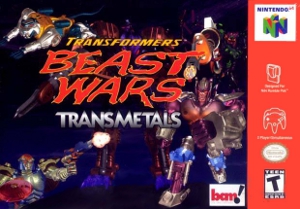
Transformers: Beast Wars Transmetals is a 1999 3D fighting game based on the Transformers: Beast Wars cartoon series and toy-line for the Nintendo 64 and PlayStation. Each version features different mechanics and playable characters.
Naruto: Clash of Ninja, released in Japan as Naruto: Gekitō Ninja Taisen!, is a series of 3D cel-shaded fighting games based on the manga and anime series Naruto by Masashi Kishimoto. They are developed by Eighting and published by D3 Publisher and Tomy. The series began with four GameCube games, with the first two available internationally and the last two released exclusively in Japan, before splitting into two parallel Wii-exclusive follow-up series: the Gekitō Ninja Taisen EX tetralogy released exclusively in Japan and its international counterpart, the Clash of Ninja: Revolution trilogy. The two Wii series share the same gameplay mechanics, but differ with respect to content and characters, with the international Revolution series being based on a localized version of the Naruto anime series. The first half of the original series and the entire Revolution trilogy are available in North America and Europe, the first two Revolution games are available in Australasia and all games in the series except the Revolution trilogy are available in Japan.

Street Fighter IV is a 2.5D fighting game published by Capcom, who also co-developed the game with Dimps. It was the first original main entry in the series since Street Fighter III in 1997, a hiatus of eleven years.

Street Fighter EX3 is a 2D head-to-head fighting game with 3D graphics, developed by Arika and published by Capcom. It is the third and final console installment in the Street Fighter EX series. The game was first released on March 4, 2000 in Japan and on October 26, 2000 in North America as a launch title exclusively for the PlayStation 2, making it the first game in the Street Fighter series to be released on the console. It was subsequently released in Europe on March 2, 2001.
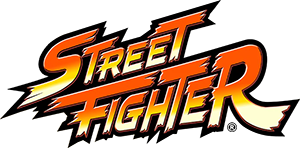
Street Fighter is a Japanese media franchise centered on a series of fighting games developed and published by Capcom. The first game in the series was released in 1987, followed by six other main series games, various spin-offs and crossovers, and numerous appearances in other media. Its best-selling 1991 release Street Fighter II established many of the conventions of the one-on-one fighting genre.
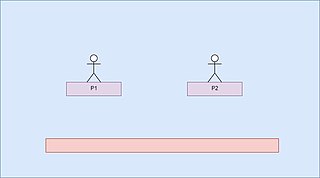
A platform fighter is a sub-genre of fighting games that emphasizes free 2D movement, often with floating platforms that can be traversed on, similar to a platformer game. The central gameplay involves combat between two or more player-controlled characters, with the goal of attacking an opponent's character until they are defeated.



















